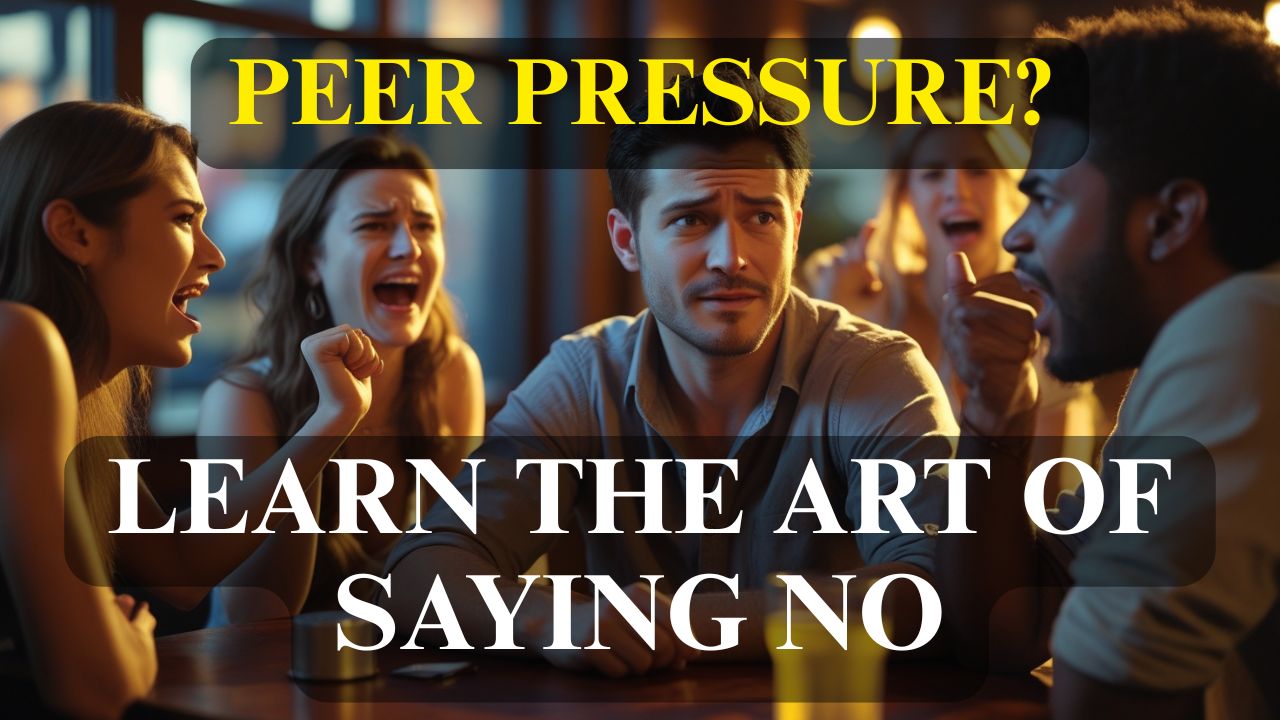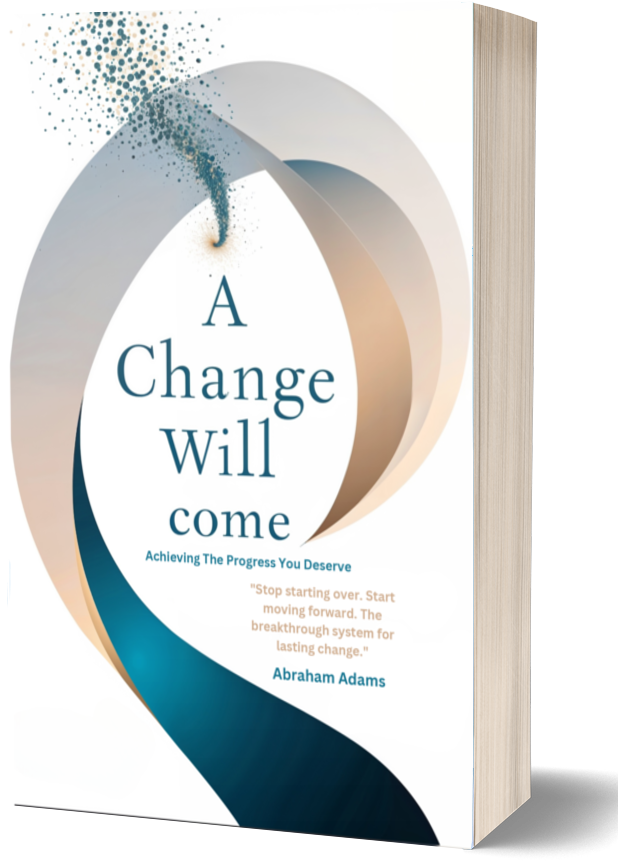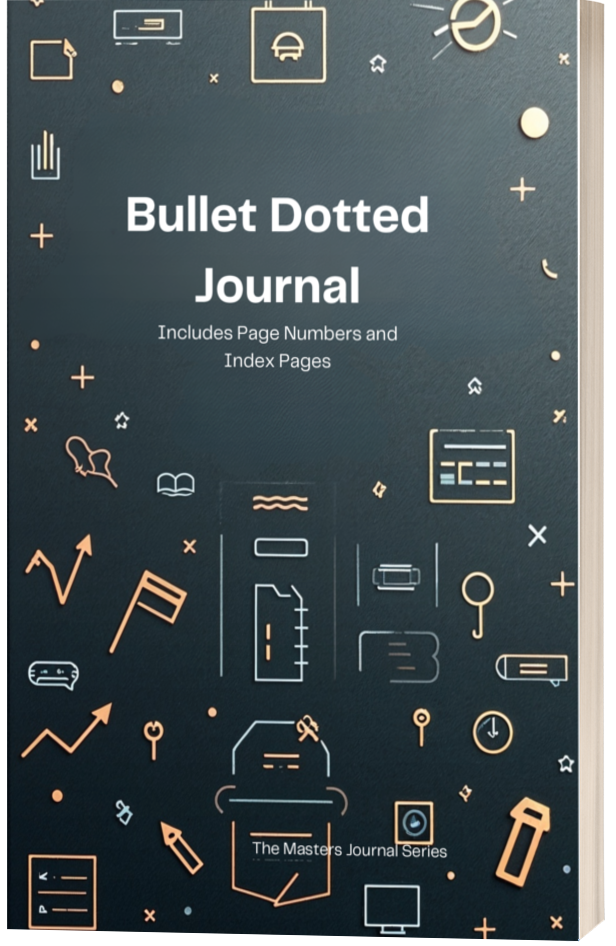The Science Behind Persistence: How Your Brain Reacts to Challenges
Persistence is often seen as a mental trait—something that’s either inherent in you or learned over time. While it’s true that persistence involves elements like willpower and determination, there’s actually a lot of fascinating science behind how we persist in the face of challenges. Understanding the brain's role in persistence not only gives us deeper insight into our behavior but can also provide strategies to strengthen this critical skill.
In this article, we will dive into the neuroscience of persistence, exploring how our brain reacts to obstacles and how we can harness its power to overcome challenges.
The Neuroscience of Persistence
Persistence isn’t just a personality trait; it’s rooted in the brain’s ability to adapt, learn, and motivate us to continue pursuing long-term goals, despite setbacks. Let’s break down how different areas of the brain are involved in persistence:
1. **The Prefrontal Cortex: Your Brain’s Decision-Making Center**
The prefrontal cortex (PFC) plays a crucial role in persistence. It is the area of the brain responsible for higher cognitive functions, such as decision-making, planning, and regulating emotions. The PFC helps you assess your goals, weigh the costs and benefits of different actions, and control impulsive behaviors.
When facing an obstacle, the PFC helps you make rational decisions about how to move forward. It allows you to evaluate whether the challenge is worth pursuing, despite the difficulties. In this way, the PFC is essential for maintaining focus on long-term goals, even in the face of short-term obstacles.
For instance, when you decide to stay focused on a difficult project instead of giving in to distractions, your prefrontal cortex is working overtime to keep you engaged and on task. Over time, exercising this cognitive function can strengthen your ability to persist in the face of adversity.
2. **The Amygdala: The Brain’s Emotional Center**
The amygdala is often referred to as the brain's emotional processing center. It helps regulate emotional responses, particularly those related to fear and stress. While this part of the brain is essential for survival, it can sometimes be a hindrance when it comes to persistence.
When faced with challenges or setbacks, the amygdala often triggers the body’s stress response. This is a natural reaction designed to help us cope with danger or threat. However, in non-threatening situations—such as tackling a tough project or pursuing a long-term goal—this stress response can hinder our ability to push forward.
Persistent individuals have learned how to regulate their emotional reactions and override the amygdala’s impulse to retreat when faced with stress. This regulation typically happens in the prefrontal cortex, where rational thinking takes precedence over emotional impulses. Over time, we can train our brain to better manage stress and anxiety, allowing us to stay focused on our goals rather than being sidetracked by fear or discouragement.
3. **Dopamine: The Motivation Molecule**
Dopamine is a neurotransmitter that plays a key role in motivation, reward, and learning. It is often referred to as the "feel-good" chemical because it is released when we experience something pleasurable, such as achieving a goal or completing a task. Dopamine not only makes us feel good, but it also reinforces behaviors by encouraging us to repeat actions that lead to positive outcomes.
When we persist in the face of obstacles, our brain rewards us with small bursts of dopamine, which fuels our continued effort. The more we experience these rewards—whether through achieving small goals or simply progressing toward a larger one—the more motivated we become.
In fact, research has shown that individuals who experience a consistent flow of dopamine tend to show higher levels of persistence. This is why celebrating small wins along the way is so important. By acknowledging your progress, you activate the brain’s reward system, which motivates you to keep pushing forward, even when the final goal feels far away.
4. **The Role of Stress Hormones: Cortisol and Resilience**
When you face a stressful situation, your body releases cortisol, the primary stress hormone. While cortisol is necessary for helping us respond to immediate threats, prolonged exposure to high levels of stress can be detrimental to our physical and mental health, reducing our ability to stay persistent.
However, research has shown that individuals who build resilience to stress are better able to manage cortisol levels and maintain persistence. Resilience involves learning how to cope with and recover from stress, which enables you to stay focused on your long-term goals.
By practicing stress-reducing techniques like mindfulness, meditation, or physical exercise, you can help lower cortisol levels and enhance your ability to persevere through difficult times. This process of learning to manage stress not only improves your mental health but also boosts your brain’s capacity for persistence.
The Power of Neuroplasticity in Building Persistence
One of the most exciting aspects of the neuroscience behind persistence is neuroplasticity—the brain’s ability to reorganize and form new connections throughout life. Neuroplasticity means that the brain isn’t static; it can adapt and change in response to our experiences and behaviors.
When you consistently practice persistence—whether through setting long-term goals, managing stress, or exercising self-control—your brain strengthens the neural pathways associated with these behaviors. Over time, these pathways become more efficient, making it easier for you to stay focused and motivated in the face of challenges.
In essence, persistence is a skill that can be developed. The more you practice resilience, manage stress, and focus on your goals, the stronger your brain’s ability to persist will become. Neuroplasticity makes it possible to rewire your brain, shifting your default response to obstacles from one of avoidance to one of perseverance.
How to Strengthen Your Persistence: Practical Tips
Now that we understand the science behind persistence, how can we apply this knowledge to strengthen our own ability to persist? Here are some practical tips to enhance your persistence:
1. **Set Clear, Achievable Goals**
Break down your long-term goals into smaller, more manageable tasks. This makes it easier to stay motivated and helps you experience the dopamine-driven rewards of success more frequently.
2. **Practice Stress Management Techniques**
Incorporate mindfulness, meditation, or breathing exercises into your daily routine to reduce cortisol levels and build emotional resilience. This will allow you to stay calm and focused when challenges arise.
3. **Celebrate Small Wins**
Reward yourself for progress, no matter how small. Each step forward activates dopamine and reinforces the persistence cycle.
4. **Build a Support System**
Surround yourself with supportive people who encourage you and provide positive reinforcement. Social support is a powerful tool in helping you persist through difficulties.
5. **Embrace Failure as Feedback**
When setbacks happen, view them as learning opportunities. Reframe failure as a necessary part of the growth process and use it to adjust your approach.
Conclusion: Your Brain’s Capacity for Persistence
Persistence is not just a trait that some people are born with—it’s a skill that can be developed through understanding how your brain works. By leveraging the power of the prefrontal cortex, managing stress through emotional regulation, harnessing dopamine for motivation, and practicing resilience, you can strengthen your persistence over time.
With practice, persistence becomes a mental muscle that enables you to push through obstacles, stay focused on your goals, and achieve long-term success. Understanding the science behind persistence empowers you to take control of your actions, rewire your brain, and continue moving forward—even when the path is difficult. The more you build your persistence, the easier it becomes to tackle life's challenges and emerge stronger on the other side.
- Audio Articles
- Audio Articles 1
- Audio Articles 2
- Audio Articles 3
- Audio Articles 4
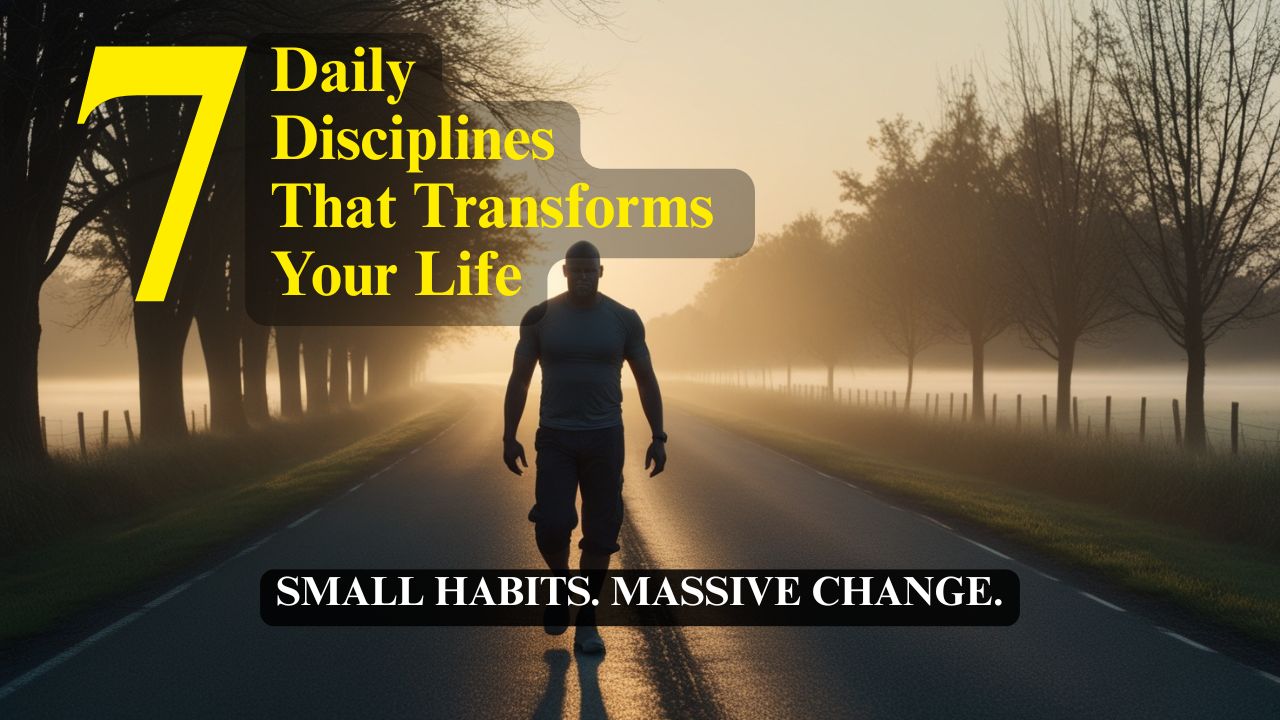
7 Daily Disciplines That Transform Your Life
The power to act with intention, to align your actions with your values, and to move steadily toward a life of purpose—even on days you don't feel like it.
Read Full Article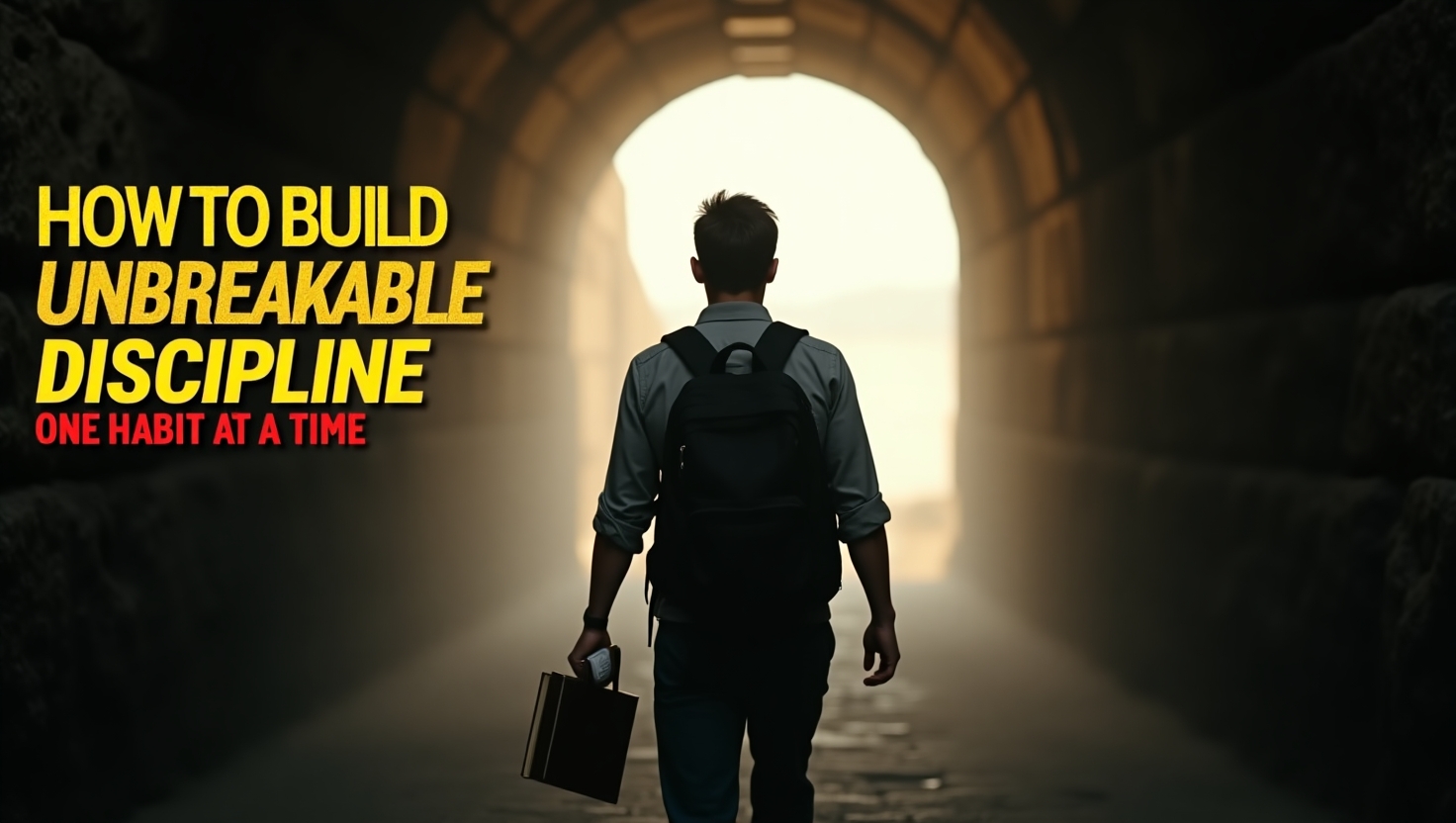
How to Build Unbreakable Discipline
Discipline is built—habit by habit, choice by choice, day by day. And the most powerful kind? The kind that doesn’t crack under pressure. The kind that becomes part of who you are.
Read Full Article
Why Motivation Fails And Discipline Wins Every Time
We all love the feeling of motivation—that surge of energy, that rush of inspiration that makes everything seem possible. But here’s the problem: motivation is unreliable. It’s emotional. It comes and goes. And if your goals rely on you “feeling like it,” you’re already in trouble.
Read Full Article
Discipline Over Desire
Desire is loud. It burns bright, talks fast, and loves to dream. But desire alone doesn't achieve much. Every person has desires. Very few have the discipline to bring them to life.
Read Full Article
The Science of Sticking
If you've ever tried to build a new habit, you've probably heard that it takes 21 days. This number gets thrown around so often that it feels like scientific fact.
Read Full Article
The Stacking Strategy
What if I told you that the habits you already have—even the ones you consider "bad"—could become the secret weapons for building the habits you want?
Read Full Article
When Habits Fail - The Recovery Strategies That Separate Success From Failure
Here's what nobody tells you about building habits: you will fail. You'll miss days. You'll fall off track. You'll have weeks where everything falls apart.
Read Full Article
The Ultimate System - Designing a Life Where Good Habits Are Inevitable
You've learned to recognize habits, understand their formation timeline, stack them strategically, and recover from setbacks.
Read Full Article



